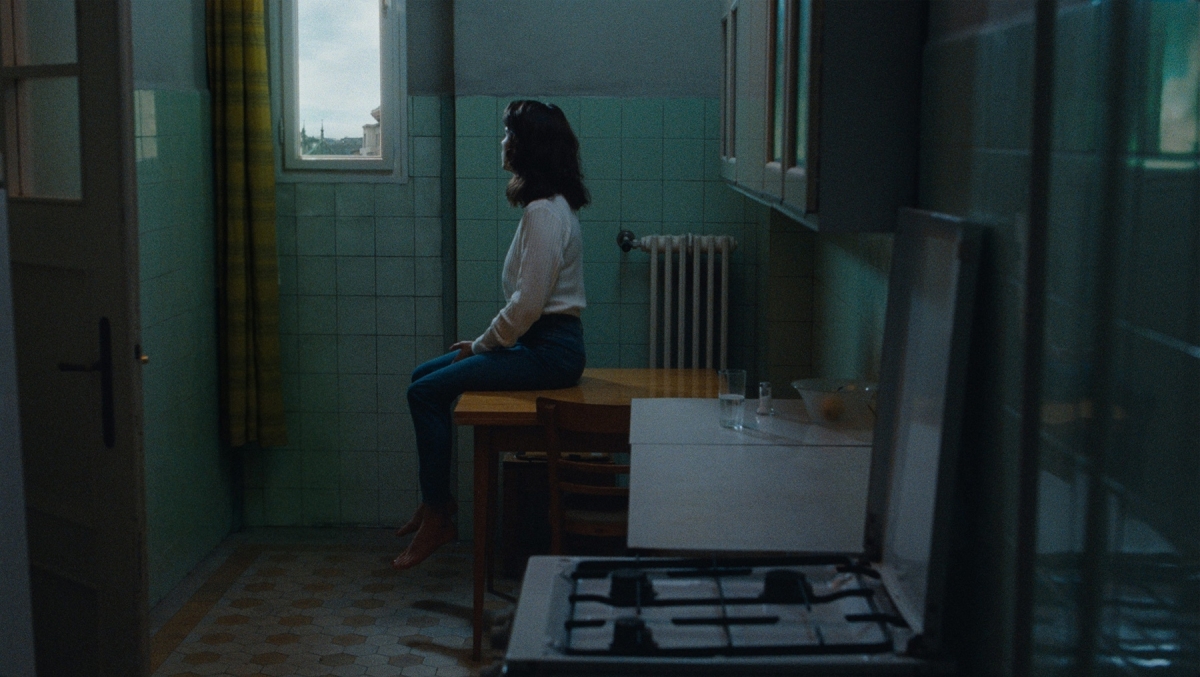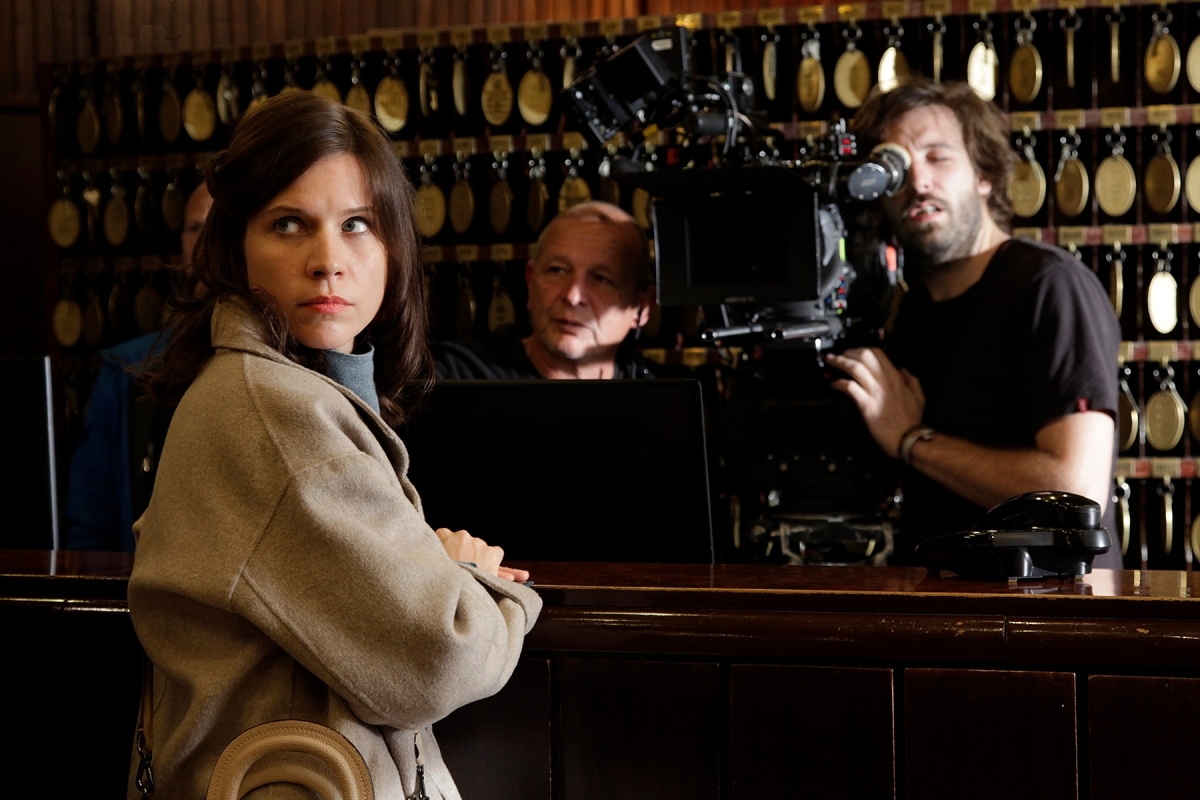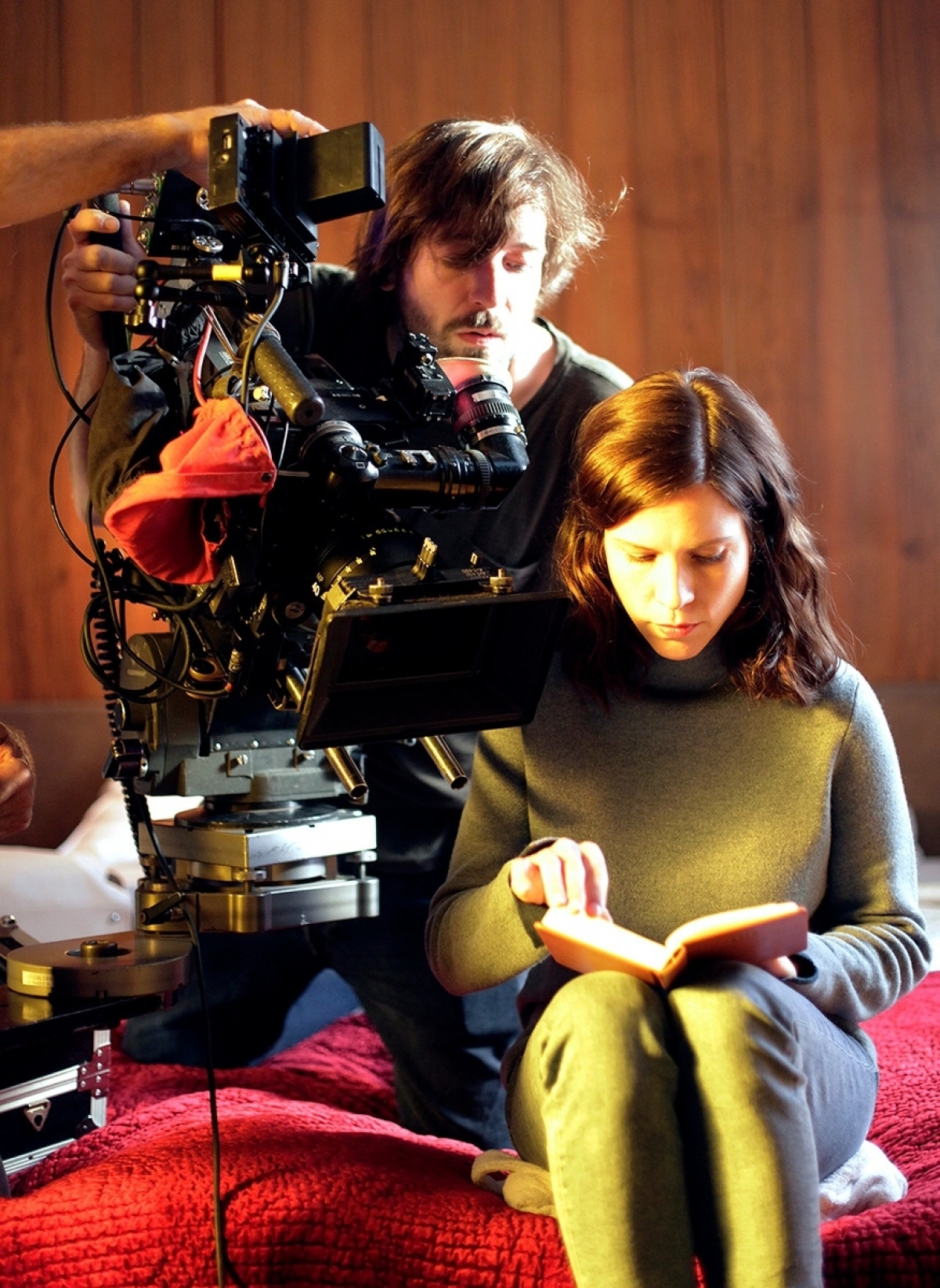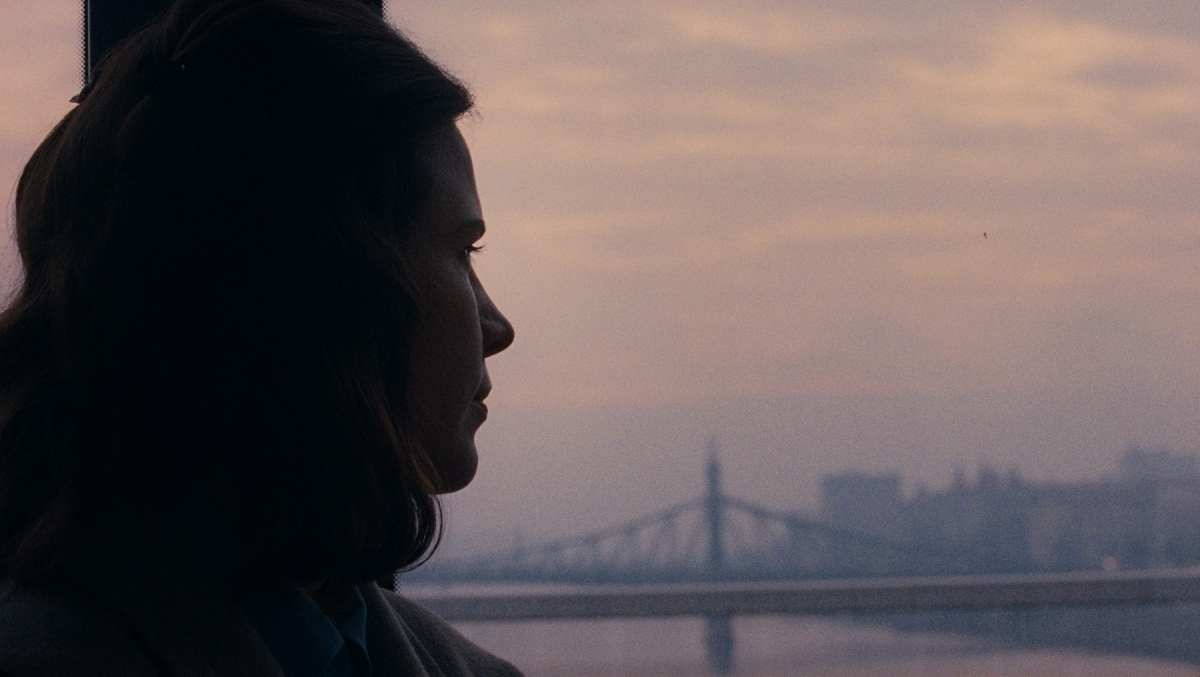Róbert Maly makes ‘Preparations to be Together for an Unknown Period of Time’

A three-page document was written by Róbert Maly that explained the need to shoot on film when seeking investors and government funding for the project. Courtesy of New Studio.
As classmates at the University of Theatre and Film Arts in Budapest, cinematographer Róbert Maly worked on a number short films by Lili Horvát, and subsequently, her feature directorial debut The Wednesday Child. “The relationship between us was closer back then because we were together all of the time in school,” notes Maly who reunited with the filmmaker for the psychological romance Preparations to be Together for an Unknown Period of Time, which screened as part of the 45th Toronto International Film Festival. In the film, a neurosurgeon (Natasa Stork) returns to Hungary to be with a doctor (Viktor Bodó) she met at a medical conference in New Jersey only to discover he has no recollection of them having ever met before. “For four years l lived in Berlin and we didn’t meet as much. To prepare for this film we had to find the way back to understanding each other, and it was a short amount of time to find exactly what we wanted to do. Lili was clear as to what she wanted so I was able to give her an exact answer as to how we can do it or how we can reach the goal.”
Serving as the first point of reference was the script written by Horvát. “Lili brought a lot of photos and scenes from films that she liked,” remarks Maly. “I usually give her other photos. We also spoke about lights when there is to be no light. When we started to search for locations it became more concrete as to how she wanted to direct the scene and how I could shoot within the space. There was a particular location we could not find – a kitchen window looks out on an important place and Budapest does not have this location. We had to make it in visual effects.”

The camera of choice was the Arriflex ST with 3 perf moment and 400-foot magazines. Courtesy of New Studio.
A prevailing theme is distinguishing between what is real and imagined. “The main goal was to find the difference between these two things. We needed to portray places in a way that they are not usually shown. We had to treat Budapest as if we were visiting the city for the first time; we had to be a like a foreigner in our hometown. Photographer Saul Leiter was able to do this with his images and was an important visual reference for Lili.”
A three-page document was written by Maly that explained the need to shoot on film when seeking investors and government funding for the project. “Everything that is video is concrete,” notes Maly. “It has no personality. With every frame of film there is something not similar to the other. There are some frames in the movie that could never be done digitally because it doesn’t give you any expression, emotions, and feelings. Film also makes it clearer for the viewer and editor what is important in the scene.” The movie was captured on KODAK VISION3 500T Color Negative Film 5219 with the limit being 4,000 meters of footage a day. “250D was too colorful. I decided to shoot everything on 500T. The texture and color of the skin was beautiful.” Nine types of filters were utilized for the daytime scenes. “We did a lot of tests for this. The last time the film laboratory in Hungary used their machines was about a year before our film. It took some time to get the proper color temperature. There was not much in the way of changes to the grading in regards to what I shot in camera.”

Cinematographer Róbert Maly lines up a shot while conducting principal photography in Budapest. Courtesy of New Studio.
There was not a big a selection of film cameras to choose from with Maly relying on the Arriflex ST camera with 3 perf movement and 400 feet magazines. “It was hard to find the best camera for this because in Hungary at that time there was only one camera and one magazine that were useable,” explains Maly. “We had to rebuild three other magazines. The setup was unstable. It was a huge camera. I could not hold the camera for a few hours to make one shot because it’s 27kg, so we put it on a tripod.” Various lenses were tested. “I went with ARRI Master Primes because I was afraid about it technically not being sharp enough and shot around f2.8 because we didn’t have time to make a lot of lights. I also used a Cooke 180mm Anamorphic /i T2.8 as a tight lens.” Five weeks was spent in preproduction while principal photography lasted for three weeks. “All of the locations had their own lighting setups and where the camera should be placed. We had a lot of problems with the classic neon tubes. All of the post-Soviet countries have their own greenish lights which are really different. Sometimes for the lighting setups we were careful to shoot at dusk or dawn because it was important not to practically light the shot.”
The original color palette was retained. “There were changes during the DI. We had to push down a lot of things and balance the colors,” states Maly. “All of the frames needed to be balanced in post because we couldn’t do a lot on location. Our colorist was great because without his help we couldn’t do it.” There were 140 visual effects shots with greenscreen being placed inside of a location. “Tamás Papp was my assistant and B camera operator. Zsolt Móna was the gaffer. László Horváth was the lighting technician.”

Film was a critical part of the visual language as the softness and imperfections of the imagery conveyed the desired emotional tone. Courtesy of New Studio.
“It was important to have the audience organically experience the emotional and psychological journey of the protagonist rather than feel manipulated. The action is strong enough that it should not be about the mental state of the main character. It is not good if somebody says after he watched the movie, ‘It is a clever film, but I feel that they have just fucked with me.’” Preparations to be Together for an Unknown Period of Time has been embraced internationally with Natasa Stork winning Best Actress at the Antalya Golden Orange Film Festival while Lili Horvát was lauded with a Golden Hugo at the Chicago International Film Festival and the FIPRESCI Prize at the Warsaw International Film Festival. “For me, this film is important and hard. Everyone was happy with it.”